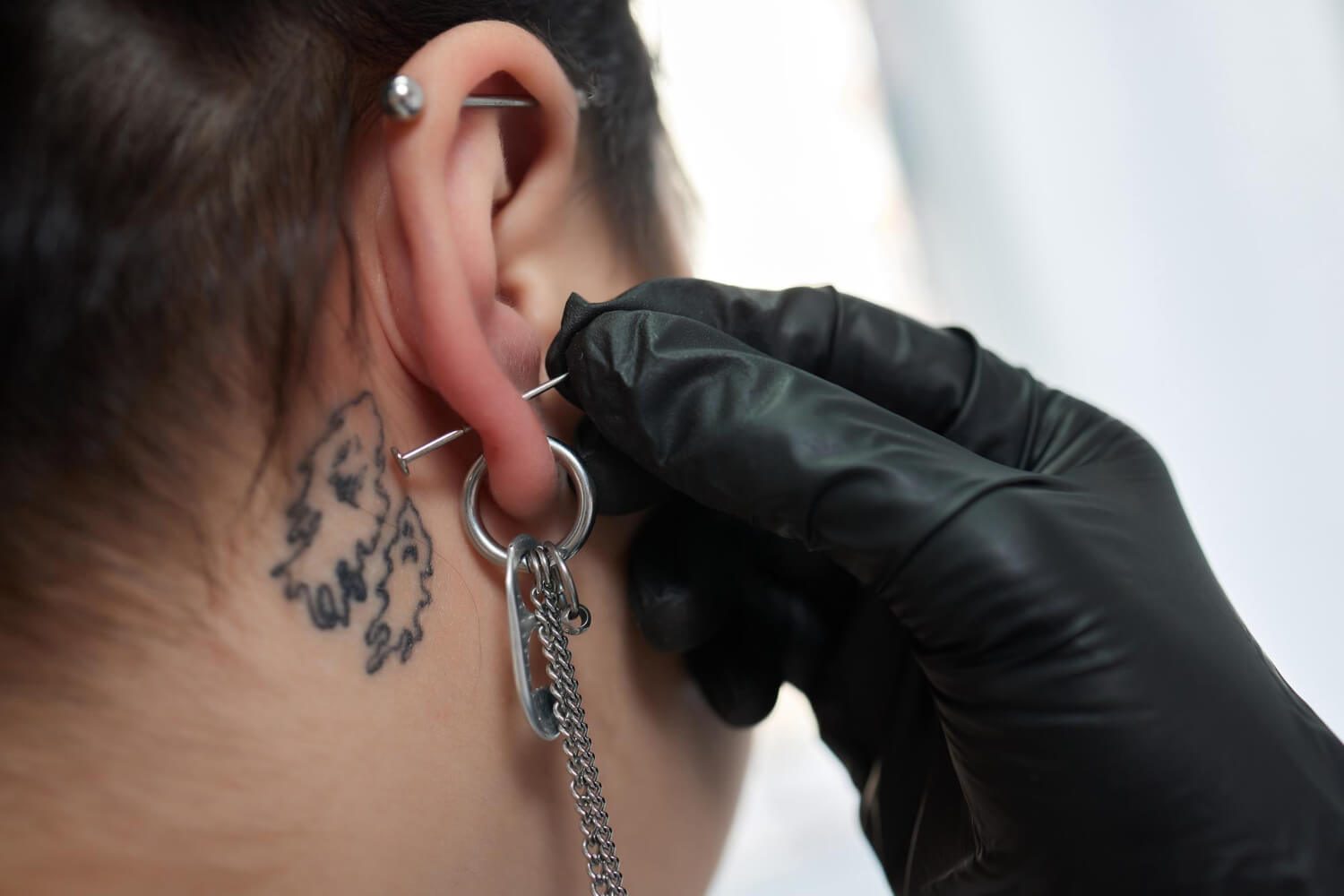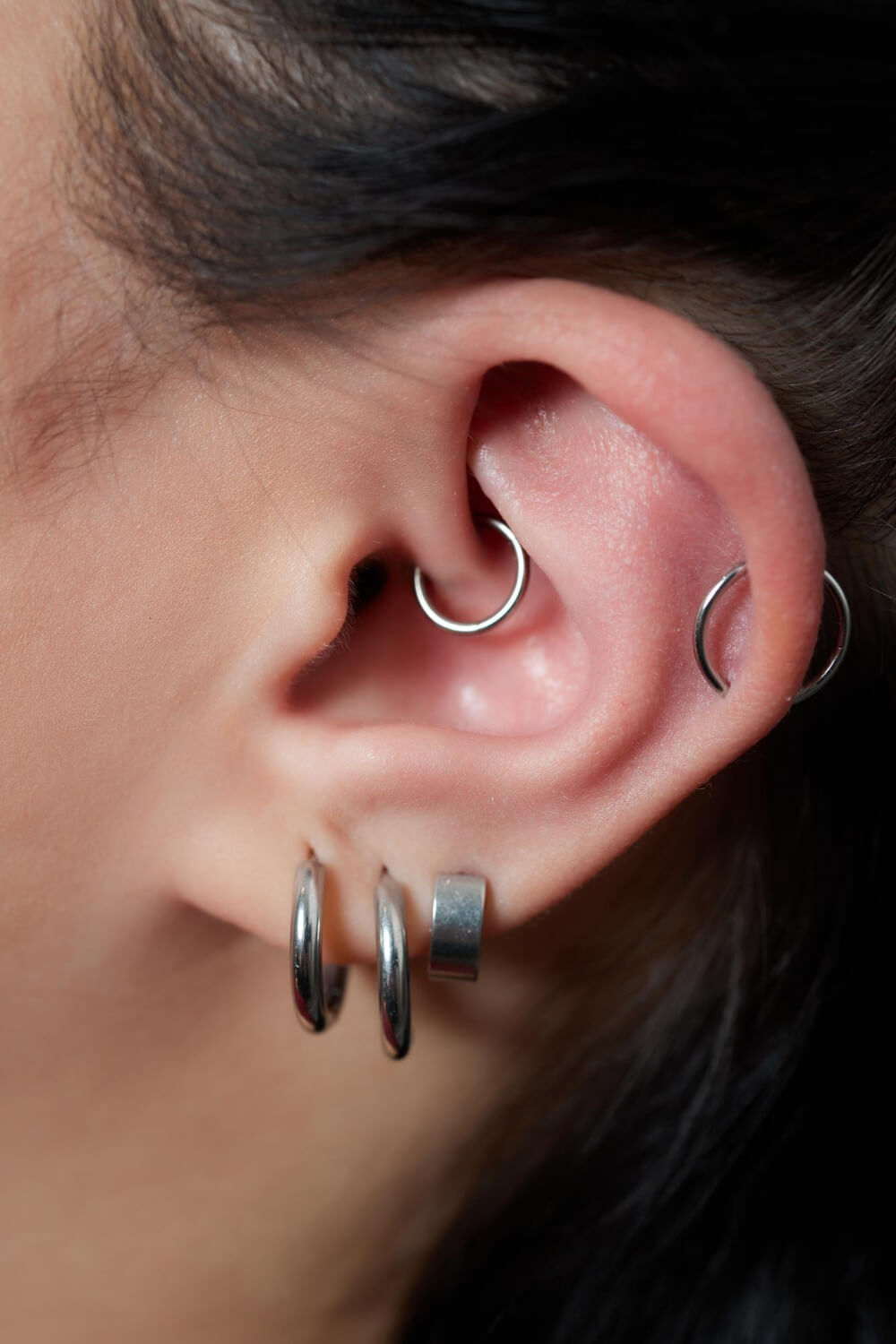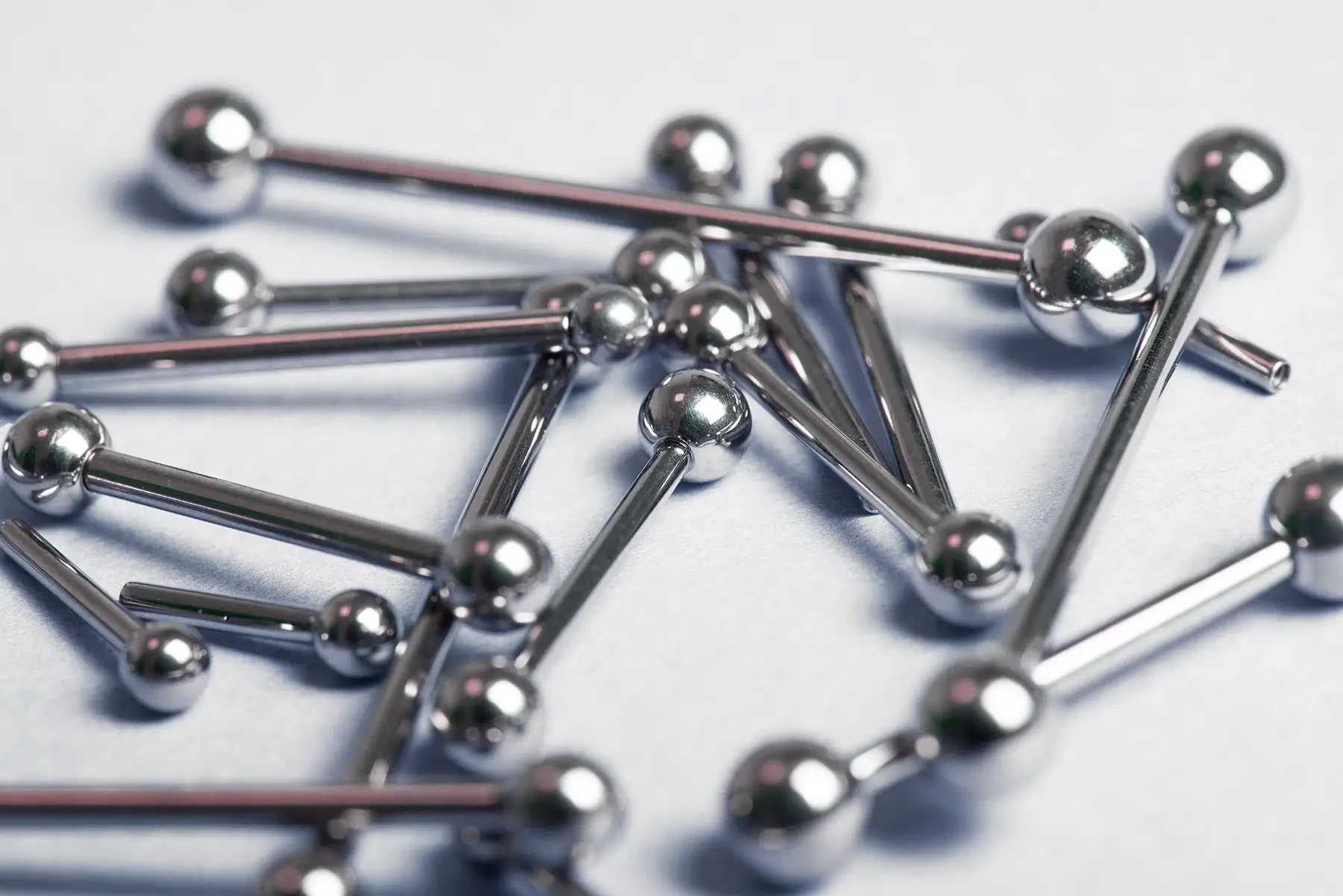Proper aftercare is crucial for ensuring the safe and successful healing of your new piercing. In the following sections, we'll provide you with essential tips and guidelines to make your healing process as smooth and comfortable as possible.



Metal Fatigue Professional Body Piercing
Bournemouth’s only dedicated body piercing clinic, Metal Fatigue has over 20 years of piercing experience.